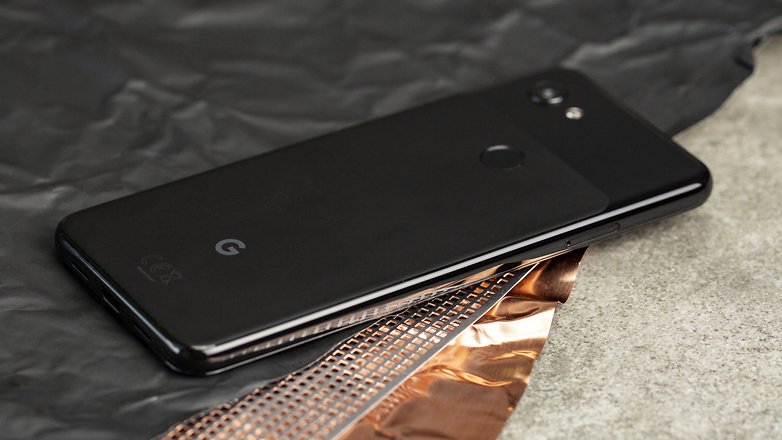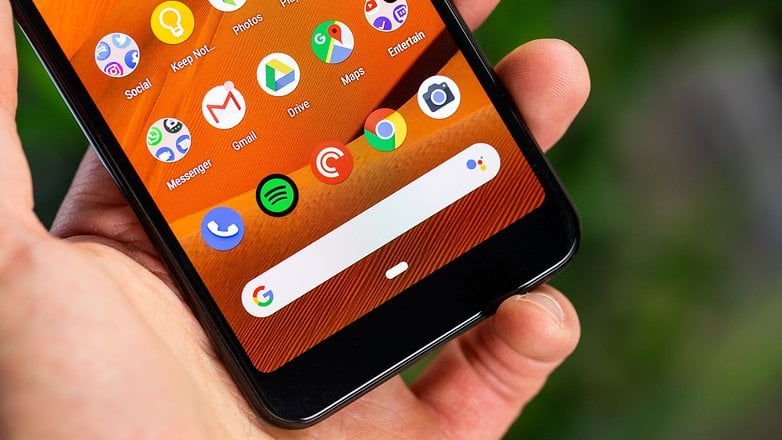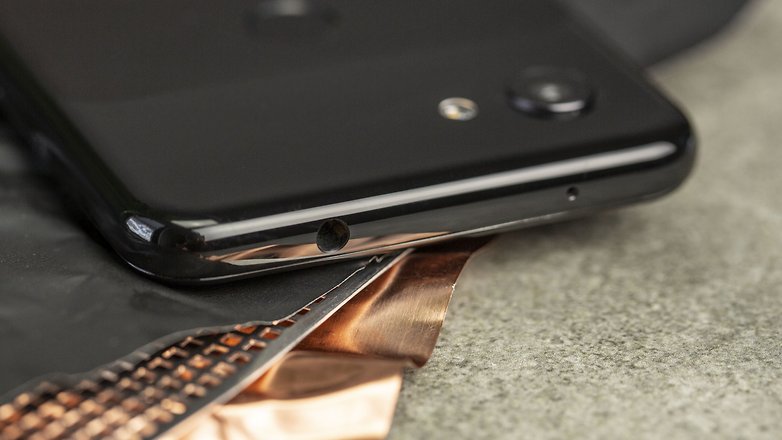Is it worth investing in the most economical option?
There was a time when Google updated its line of smartphones, the Pixel, only once a year. And there were only 2 models, a smaller one and a larger one. But yesterday the company decided to change its habits and launched new models “halfway” between one generation and the next.
The new Pixels are nearly identical to their predecessors, and they bring a very similar set of features for half the price. Hard to believe, right? But it's true. Here are the main differences between the Pixel 3 and 3a. Oh, and if you haven't seen our video with first impressions of the Pixel 3a and Pixel 3a XL, take advantage and watch it in the player below:
They look almost the same on the outside…
When viewed side-by-side from the back, the Pixel 3 and 3a look nearly identical, and the same goes for the 3 XL and 3a XL. They all feature a two-tone rear design, a seamless unibody construction, and the iconic colored power button.
The dimensions are also nearly identical. The 3a and 3a XL are a little wider, taller, and thicker than their older siblings. In both cases, the difference is imperceptible in the hands, as it's only a fraction of a millimeter, but it's enough to make cases for the Pixel 3 not fit the respective 3a. A shame.
Seen from the front, you can already notice a few more differences. The Pixel 3a and 3a XL don't have the front-facing stereo speakers of their siblings, nor the dual selfie camera. The 3a's screen is a little bigger, at 5.6 inches, while the 3a XL's is a little smaller than the 3 XL's, at 6 inches.

The Pixel 3a looks almost exactly the same as its predecessors / © NextPit
One important difference is the materials the devices are made of. The older Pixels use glass on the front (Gorilla Glass) and back, with a metal frame. The newer models are made of plastic, and the screen is protected by another type of glass called Dragontrail. In our review of the Pixel 3a, we noticed that the screen easily got some small scratches, even with all the care we took with the device.
And if you're clumsy, pay attention: the Pixel 3a and 3a XL are not water resistant (IP68). But to compensate, Google has brought back the headphone jack.

Be careful with the Pixel 3a's screen: it doesn't use Gorilla Glass, and it seems to scratch easily / © NextPit
…and not so different on the inside
Inside, the main differences between the 3 and 3a generations are in the processor and memory. Instead of a Qualcomm Snapdragon 845, the Pixel 3a and 3a XL use a more modest processor, the Qualcomm Snapdragon 670. Both models have 4 GB of RAM, but the Pixel 3a and 3a XL are only available with 64 GB of internal memory, while the 3 and 3 XL also have a variant with 128 GB.
The difference in performance between the two processors will only be noticeable to gamers or those who use their smartphones very intensively. Don't worry about the benchmarks, what you need to know is that “the Pixel 3a offers solid performance for everyday use and is hardly slower than the Pixel 3 when opening apps or multitasking,” according to our review.
The batteries are nearly identical, 2,915 mAh in the Pixel 3 and 3,000 mAh in the Pixel 3a. In the case of the larger models, the difference increases a little: 3,430 mAh in the Pixel 3 XL, compared to 3,700 mAh in the Pixel 3a XL. But the autonomy is different, since the Snapdragon 670 processor in the cheaper model is more efficient in using energy.

Very important difference: the new Pixels have a headphone jack! / © NextPit
In his Pixel 3 review, our colleague Christopher Gabbert warns that on days with heavy usage, the battery would run out before 9 p.m. The Pixel 3a, on the other hand, ended a typical day with 60 percent charge remaining, and Christopher says that even on a heavy usage day, it's easy to go the whole day without being plugged in. We hope the Pixel 3a XL can replicate the same results.
Identical in what matters most
But aside from minor differences in size and processors, there's one thing the Pixel a's are identical to their predecessors in: the cameras. All four devices use the same 12.2MP sensor (Sony IMX363) with a 28mm lens, optical stabilization, and an f/1.8 aperture.
The software, which is now as important as the camera sensors, is also the same. The Pixel 3a doesn't have the “Pixel Visual Core” co-processor, which helps with image processing tasks, but according to Google, its engineers have managed to optimize its algorithms so that they run with similar performance on the Qualcomm Snapdragon 670 processor.
The result? The images produced by the devices are almost identical, both in daylight and at night, taken with the Night Vision feature. Check out the results for yourself:
All Pixels run pure Android 9.0 Pie, with a three-year guarantee of system updates and monthly security updates delivered by Google.
Comparison between Pixel 3 and 3a
| Pixel 3 | Pixel 3a | Pixel 3 XL | Pixel 3a XL | |
|---|---|---|---|---|
| Materials | Glass and metal | Plastic | Glass and metal | Plastic |
| Screen | 5.5″ | 5.6″ | 6.3″ | 6.0″ |
| Processor | Snapdragon 845 | Snapdragon 670 | Snapdragon 845 | Snapdragon 670 |
| Battery | 2,915 mAh | 3,000 mAh | 3,430 mAh | 3,700 mAh |
| Water and dust resistance | IP68 | No | IP68 | No |
| Headphone input | No | Yes | No | Yes |
You don't lose much with a “cheap” Pixel
The Pixel 3a and 3a XL are very similar to their predecessors and deliver a very similar user experience, in some cases (battery) even better. And at half the price (starting at $399 for the 3a), they're an excellent deal. At this point, it's hard to argue in favor of the Pixel 3, unless you want the extra performance and more premium materials.
And you, what do you think of the new Pixels? Leave your opinion in the comments